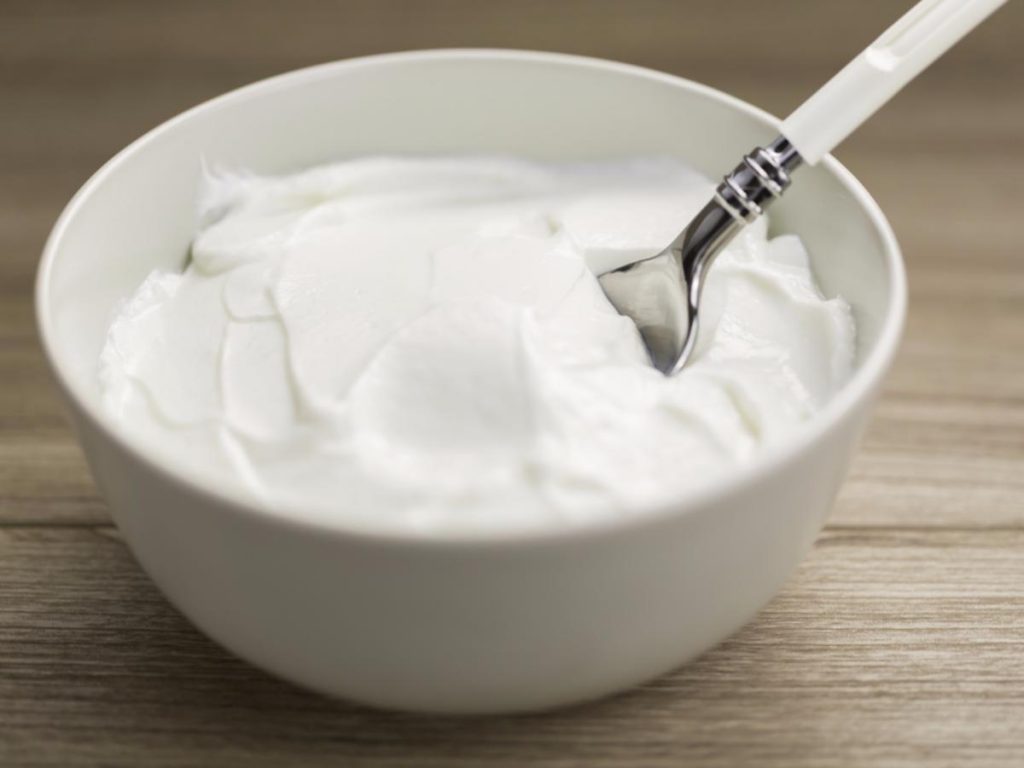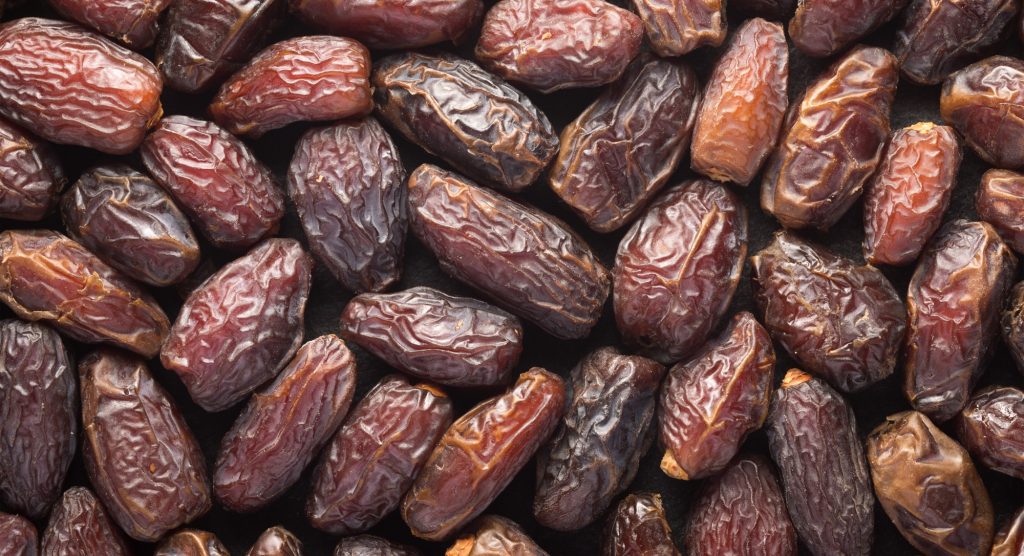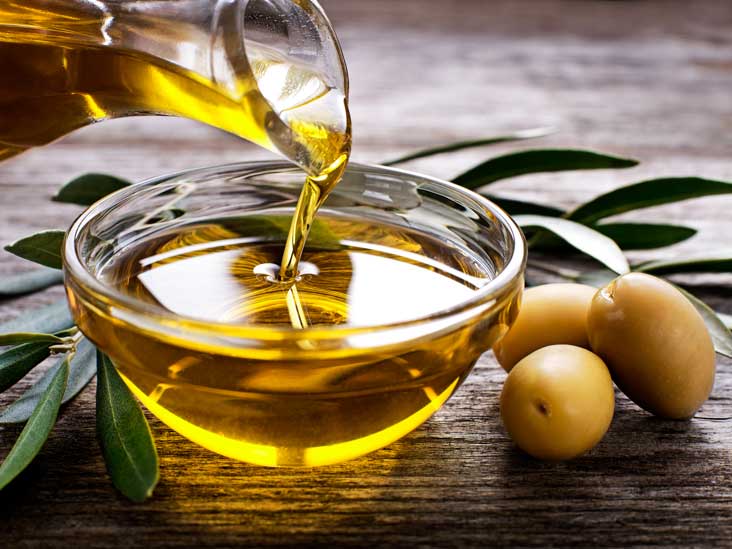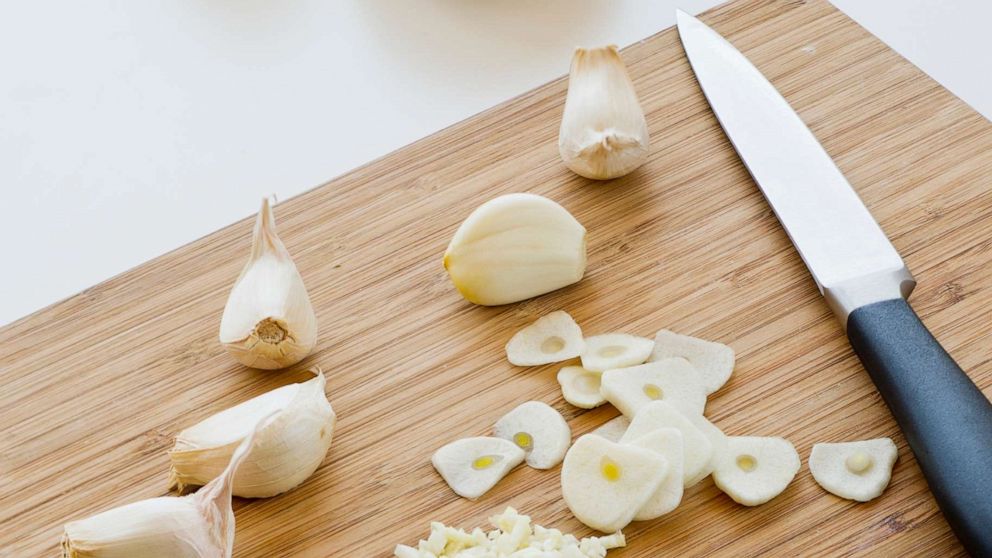Other diets might be quite restrictive but a Mediterranean diet is very easy to follow and offers a special delicacy to fall for. Get to master it with these basic dishes:
Research has established that the local population in the surrounding countries of the Mediterranean Sea have the potential to live longer and are less diagnosed with heart diseases and cancer compared to other regions. This is why their diet was named as the top diet for losing weight US News and World Report in 2019. Irrespective of the great varying extent of the Mediterranean diet, the staple foods across the region seems similar. In number, there are 21 countries bordering the Mediterranean Sea for which this article enlightens about in general. The food of this region are fish, dairy, grains, spices, fruit, herbs, red meat and vegetables.
Basically, people will require a lot of exercises as is required of them as they enjoy their meals together with friends and family. An author of The Greek Yogurt Kitchen and a dietitian, Toby Dor and other authors of health books shares the 12 key foods that are fundamental to this healthy lifestyle and their benefits. Find them below.
- Greek Yogurt
This yogurt is characteristically thick and creamy and has a double content of protein and with a 40% less sugar and sodium as compared to yogurt prepared traditionally. Although it is not from Greece, thick yogurts are dominant in many Mediterranean countries. They contain live and active cultures also that can aid in gut health. Further, it can also get tolerated by patients suffering from lactose intolerance. Finally, Greek yogurt contain 8 grams of lactose per cup, that is, a third of the amount of lactose in a cup of milk.

- Dates
Dates are sweet fruits whose main origin is in the Middle East, a region where many countries overlap across the Mediterranean Sea. About 70% of this fruit’s dry weight fruit is sugar, which makes dates to be rich in numerous nutrients and thus sufficient health benefits.
A one pitted medjool date has a total of 66 kilocalories; Carbs form 18 grams of the date weight, sugar forms 16 grams, and minute amounts of over 16 nutrients that majorly includes; calcium, potassium, magnesium, manganese, B vitamins and fiber. Dates also provide beneficial antioxidants such as carotenoids, polyphenols and anthocyanins, and carotenoids.
In the Journal of Agriculture and Food Chemistry publication, a study examined the effects of eating dates on blood sugar and triglycerides (blood fats) in a healthy people. It found out that fruit did not worsen it either and concluded that dates can help to prevent heart disease, and especially the hardening of the arteries. Additionally, dates aid in bowel function and health, and reduces colorectal risks.

- Olive Oil
This oil provides a healthy dose of monounsaturated fats that’s good for a healthy heart. By substituting the saturated and trans-fats with unsaturated fats such as olive oil will lower the risk of developing a heart disease. Research has proved that monounsaturated fats has the potential to lower the bad LDL cholesterol and total cholesterol.
Olive oil is fundamentally a healthy choice even though it comes with an approximate of 120 calories per single tablespoon. Aim for an exact one tablespoon per person if you use it for marinades, cooking or dressings.

- Salmon
This fish is very rich in omega-3-fatty acids for a heart health. The fatty acids, also, polyunsaturated fats are best for brain and heart function and health because they aid in lowering the triglycerides and total cholesterol. Research has suggested that there is a perfect link between mental health and the omega-3 sources consumption.
The Lancet published a study for nearly past 2 decades and established that the prevalence of major depressions was lower in fish consumption countries. Additionally, a more recent meta-analysis study where 150,000 participants took part in investigated how depression and fish consumption were related. Researchers identified that those who had regularly taken a more number of fish were about 20 percent less likely to develop depression as compared to folks who consumed less fish.
- Beans
Beans are of different variety, all of which are great sources of multi-nutrients. Beans mostly provide complex carbohydrates, which the brain use for energy provision. Half of the cup of a canned beans or ones cooked at home contain about 110 kilocalories with 7.5 grams from protein. If you may be worried about sodium, there are varieties of low sodium and/or no added sodium. Research has found out and shown that rinsing the canned beans will decrease the content level of sodium up to 40%.
- Almonds
An ounce of almond probably contain a 13 grams of a healthy unsaturated fat, six grams of protein, and one gram of saturated fats. The almond nuts are known to be excellent sources of magnesium, vitamin E, and manganese. They are also rich in fiber, minerals (such as copper and phosphorus) and riboflavin vitamin.
Most sources have shown that almond have a calorie count of 160 kcals per ounce. But a study published in 2012 by the American Journal of Clinical Nutrition have found that it specifically has 129 kcals per ounce which 20% less than it was previously thought.
- Garlic
Garlic is an aromatic vegetable form of food. It adds some flavor to many Mediterranean dishes as it also provides nutrients variety. A clove of garlic provides less than 5 kilocalories with minimal amounts of calcium and B-vitamins and calcium. It further has a phytonutrient known as allicin. Allicin has antibacterial properties.

- Red Wine
Many studies have connected the polyphenol antioxidants resveratrol from within red wine with heart benefits. This kind of antioxidant aid the linings of heart’s blood vessel with protection from corrosion. However, that should not mean that you gulp down bottles after bottles of this red wine. Recommendations for drinking wine according to the 2015-2020 dietary guidelines for Americans advocates for drinking but in moderation, where moderation means at most two drinks per day for men. There, one drink of wine can be defined as five fluid ounces.
- Hummus
Hummus is a blend of chickpeas and is served mostly as a common dish in the Mediterranean meals. Apart from the chickpeas, ordinary hummus recipes also entail olive oil, spices, garlic and tahini (which is sesame seed paste). The hummus variations are typically prepared by flavors distinctions such as lemon juice, fresh parsley, and/or sriracha.
A 2 tablespoonful of store-purchased hummus (a plain one) will provide around 70 kilocalories, with 5 grams of fat, 1 gram of saturated fat, and 2 grams of protein. Even though the ingredients might be superbly healthy, their portions should be in check to keep it at two tablespoons to ¼ cup per serving. Hummus will be served as a dip, especially for fresh vegetables, or it can be used as a condiment for sandwiches.
- Whole-Wheat Couscous
Couscous, basically not a grain, is more of a pasta-like (a combo of semolina wheat and water). Many types of couscous include the categories from the large “Israeli” couscous (pearled couscous) and the small “Moroccan” couscous. A cup of this whole-wheat Moroccan couscous, that is cooked, contain 150 kilocalories, with a 30 grams of carbohydrates, 1 gram fat and 6 grams proteins. The fiber content is a bit higher in the whole-wheat variety and therefore should be eaten moderately (that is, between ¾ to one cup per individual).
- Tomatoes
Tomatoes are part of a Mediterranean fruit diet that appears in most recipes ranging from breakfast all through to dinner. This is because they are chosen based on their delicious taste and a great nutrition profile. For instance, 1 medium-sized tomato encompasses some 25 calories within besides being a rich source of the antioxidants like vitamins A and C. They are also a rich source of folate, thiamin and vitamin B6. The processed tomatoes as of canned products are also a major part of Mediterranean recipes that also provide lycopene, a phytonutrient.
- Chicken
The skinless and boneless chicken breasts provides the choice lean protein for the Mediterranean recipes. A skinless and boneless chicken breast are of different caloric content. The skinless chicken thighs may not be many as the dark one will add a deeper flavor to the dishes. Try 3-4 ounce portions and ensure you remove the skin prior to eating. It is on that skin that saturated fats that are likely to clog the artery are found.
